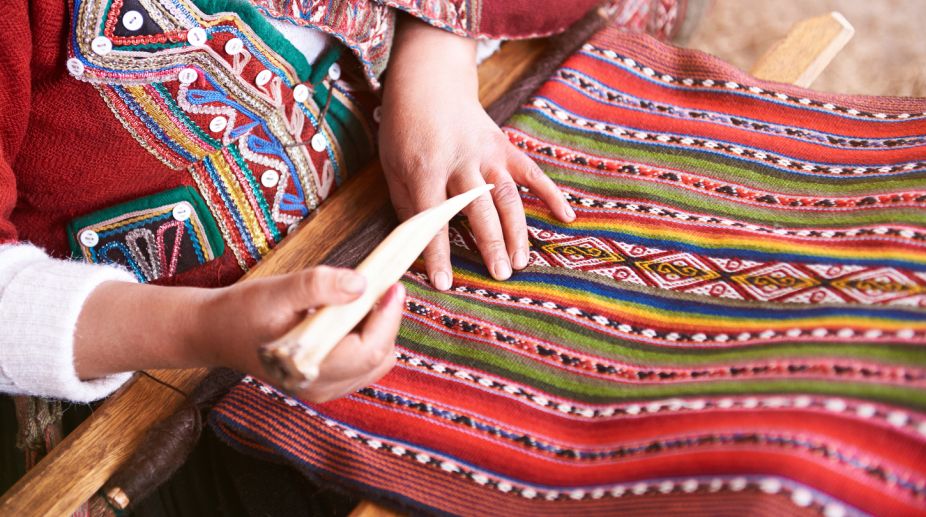Australia: Kaleidoscope of charms
Australias southern State of Victoria is a multi-cultural Rubiks Cube of fascinating experiences.

Traditional Peruvian costumes (Photo: Getty Images)
“Design is a journey of discovery.” That is what comes to mind when one views the traditional dresses of Peru on display at the Art Gallery of the Embassy of Peru in New Delhi. The varied variety is the product of a rich history and culture. Peru’s population is a melting pot of races, languages and cultures that have adapted to an extremely diverse, very rich and complex geography, as reflected by its ethnic composition. Currently Peru’s population is over 25 million, almost half of which is concentrated in the narrow coastal desert and speak mainly Spanish.
Amazon Indian groups speak a plethora of native languages (more than sixty). Spanish and Quechua are the official languages, but the former dominates. About 45% of the population is Indian, 37% Mestizo, 18% Caucasian, Negroid, Asian or other groups. It is this variety in populace that results in a kaleidoscopic range of designs across different domains ~ textiles being one such domain.
Advertisement
The oldest textile clothing includes loins and head dresses, made of cotton threads with the interwoven technique.Coastal male tunics and tabards had vertical warps and neck slits, while women’s tunics were worn with the warp horizontal, with stitches at the shoulders and a horizontal neck opening. For all the coastal cultures, jewellery differed by gender and rank and could include neckpieces, pectorals, bracelets, crowns, nose rings and earplugs of copper, silver and gold. In the highlands, the feminine dress maintained a certain uniformity.
Advertisement
This dress was composed generally of two robes. One was the acsu or anacu, which was wrapped around the body below the arms, with the corners pinned over the shoulders with some large tupu, or pins of gold, silver or copper alloy. The second robe called iliclla, covering the back, up to the mid leg, was joined at the ends and fastened at chest height with a tupu. Feminine clothing was generally very simple, lacking the sumptuousness and richness of the masculine costume.
Ambassador of Chile to India Jorge Castaneda said: “The display of Peruvian traditional dresses at the Art Gallery of the Embassy envisions multiple goals: to showcase the country’s traditional wealth to the Indian people, portray the evolution of this diverse culture through the centuries and display a wide variety of high quality textiles produced using ancient techniques.
This display coincides with the launching of the book ‘A Cultural Tour Around Fabulous Peru’ that compiles the history, culture, belief and customs of Peru.” Upon the arrival of the Spaniards on Peruvian soil, new tools for cloth production (treadle looms, carders, spinning wheels), new fibres (sheep’s wool and silk), and new fashions were introduced. Soon after the conquest wars, upper-class male natives were wearing combinations of Inca and Spanish clothes.
During the 300 years of Spanish domination, the European styles were followed with a touch of native interpretation, for example the upper class female dress was characterized by its profusion of silks, velvets and laces. One typical example is the dress of the LimenianTapada (heavily veiled woman) which comprised three special pieces: skirt, cloak and the mantle or the shawl. With such a variety of costumes, Peru comes across as an amalgamation of different countries in one.
Advertisement